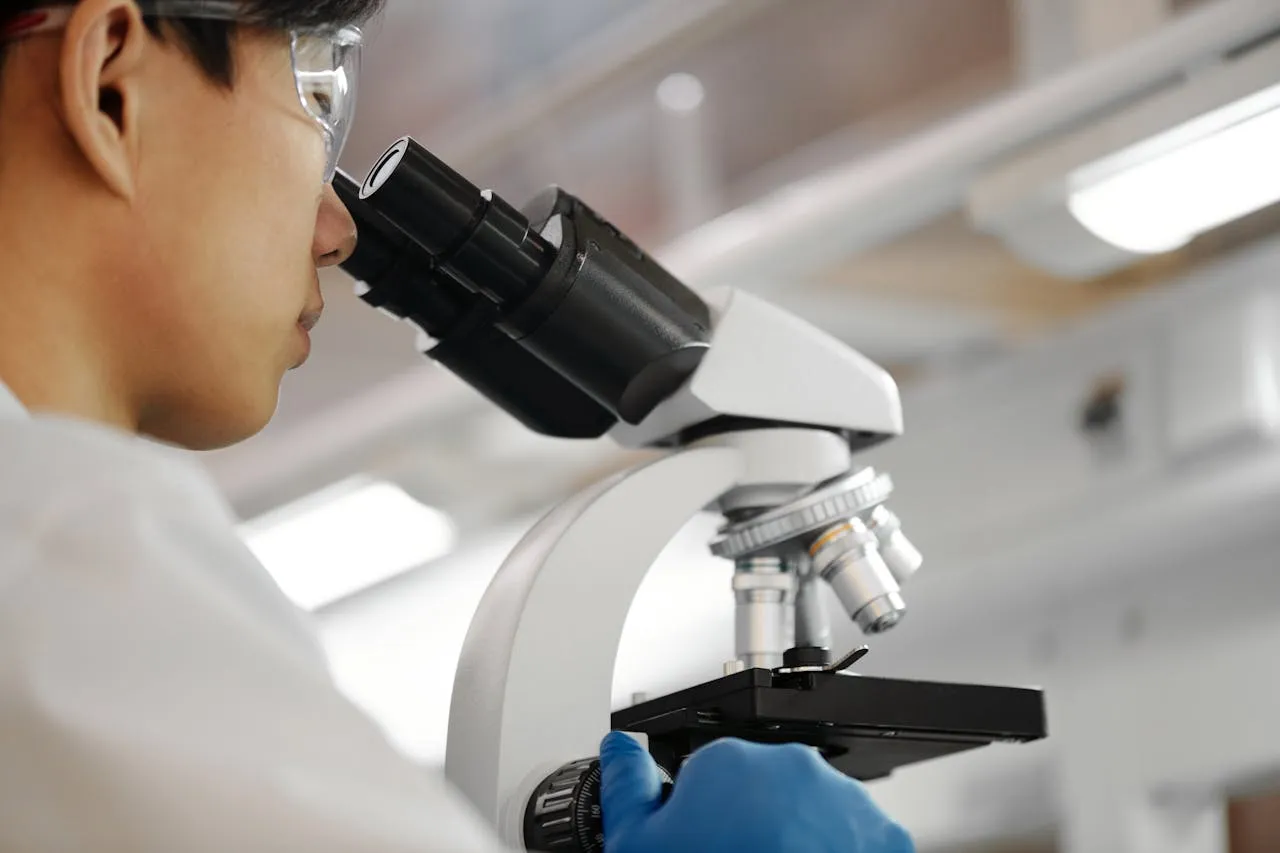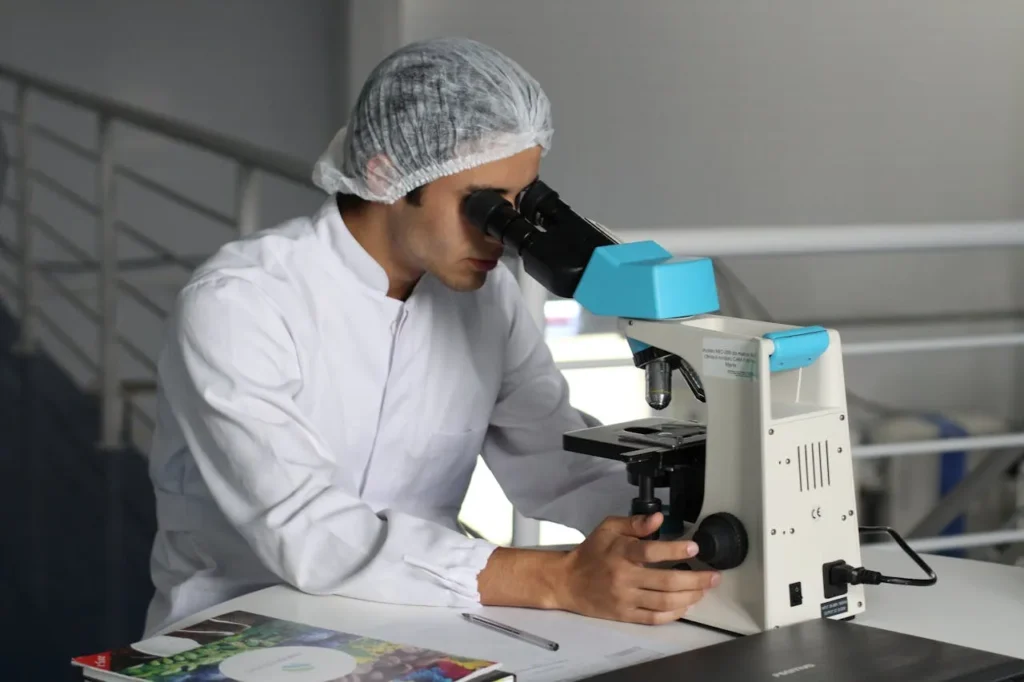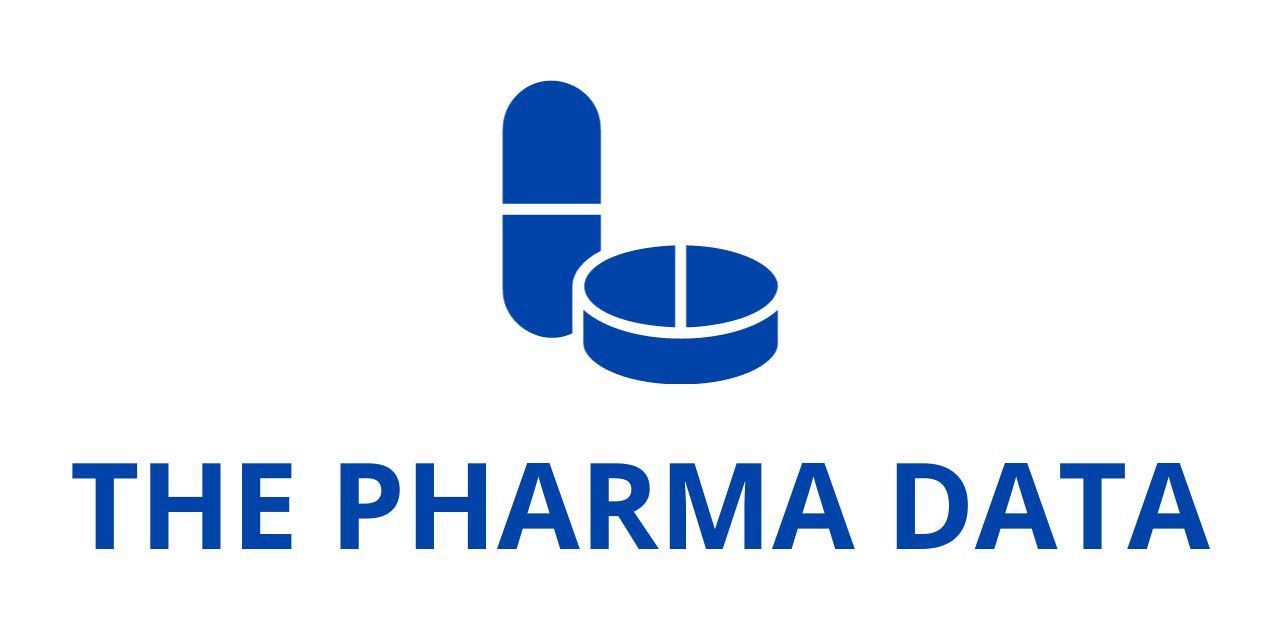
Eyestem’s Eyecyte-RPE™ Demonstrates Vision Preservation in Geographic Atrophy Clinical Trial
Bangalore-based biotech firm Eyestem Research has reported highly encouraging results from its Phase 1 clinical trial evaluating Eyecyte-RPE™, a novel investigational cell therapy aimed at treating geographic atrophy (GA) secondary to dry age-related macular degeneration (AMD). The initial data not only highlight a favorable safety profile but also offer early evidence of clinically meaningful vision restoration—ushering in a potential breakthrough for millions suffering from this currently untreatable retinal disease.
Eyestem, a pioneer in regenerative ophthalmology in India, announced that all patients enrolled in the trial—spanning three separate cohorts—received doses of Eyecyte-RPE™ without experiencing any serious adverse events. Impressively, the first six patients demonstrated an average improvement of 14.9 letters on the Early Treatment Diabetic Retinopathy Study (ETDRS) visual acuity chart over a follow-up period ranging from four to six months. This level of vision gain is considered substantial in clinical ophthalmology, especially in a disease like GA, where progressive vision loss is otherwise the norm.
In addition to the quantitative improvement in visual acuity, researchers observed early anatomical signals of potential disease reversal through advanced retinal imaging. These promising findings not only underscore the potential of Eyecyte-RPE™ as a disease-modifying intervention but also signify a major step forward in the application of cell therapy to degenerative eye diseases.
A Visionary Step for Retinal Cell Therapy in India
Dr. Jogin Desai, Founder and Chief Executive Officer of Eyestem, shared his excitement over the trial outcomes:
“The vision improvement, sustained over a four–six month period in all patients combined with an excellent safety profile has been encouraging and has the potential to reshape the GA treatments globally. It is rewarding to see the improvement in the quality of life in these patients. We look forward to exploring these early results in our Phase 2 study in India and the US.”
Dr. Desai’s vision for Eyestem has always been grounded in the aspiration to democratize access to cutting-edge cell therapies by building world-class science within India. With Eyecyte-RPE™, the company is attempting to offer a scalable, accessible, and cost-effective alternative to existing experimental approaches for retinal regeneration—many of which are still nascent or inaccessible due to high costs and regulatory hurdles.
About Eyecyte-RPE™: A Cryopreserved Allogeneic Cell Therapy
Eyecyte-RPE™ is Eyestem’s lead therapeutic candidate and represents a cryopreserved suspension of retinal pigment epithelium (RPE) cells derived from induced pluripotent stem cells (iPSCs). The formulation is designed to replace dysfunctional or dying RPE cells in the retina, a hallmark of GA and other retinal degenerative disorders. Loss of these cells leads to photoreceptor death and irreversible vision loss over time.
What sets Eyecyte-RPE™ apart is its allogeneic nature—meaning the cells are derived from a universal donor source, enabling broader distribution and eliminating the need for patient-specific manufacturing. The cryopreservation technology ensures that the product can be stored, shipped, and administered across various clinical settings with consistency, scalability, and cost efficiency.
The ongoing Phase 1 study was greenlit by India’s Central Drugs Standard Control Organization (CDSCO) and conducted across three premier ophthalmology centers: the All India Institute of Medical Sciences (AIIMS) in New Delhi, LV Prasad Eye Institute in Hyderabad, and Shri Ganpati Nethralaya in Jalna. The study was overseen by an independent global safety monitoring board, ensuring rigorous ethical and clinical compliance in line with international standards.
Endorsements from Industry Stalwarts

The trial has also garnered enthusiastic endorsements from respected figures in the global ophthalmology and clinical development communities. In a joint statement, Dr. Gullapalli N. Rao, Founder of the LV Prasad Eye Institute and Former President of Academia Ophthalmologica Internationalis, and Dr. Oppel Greeff, Former President of Global Clinical Development at Quintiles (now IQVIA), shared their perspectives:
“As some of the earliest backers of Eyestem, we are delighted that this treatment is delivering remarkable outcomes. The results observed in Phase 1 demonstrate promising efficacy compared to other ongoing global trials and validate India’s potential as a leader in advanced cell therapy innovations. We are privileged to support a breakthrough that redefines treatment outcomes for millions suffering from dry AMD.”
Their statements reflect both the scientific merit of Eyestem’s approach and the strategic implications of establishing India as a global player in regenerative medicine.
Geographic Atrophy and the Need for New Therapies
Geographic atrophy is a severe, progressive form of dry AMD characterized by the gradual loss of RPE cells and subsequent degeneration of photoreceptors in the macula, the central portion of the retina responsible for sharp vision. It is a leading cause of vision loss in the elderly, affecting an estimated 5 million people worldwide. Despite its prevalence and impact, GA currently lacks approved therapies that offer meaningful restoration of vision.
While recent FDA approvals of complement inhibitors such as pegcetacoplan (Syfovre) and avacincaptad pegol (Izervay) have shown promise in slowing the rate of GA progression, they do not reverse damage or restore vision. In contrast, cell therapy-based approaches like Eyecyte-RPE™ aim to replace lost retinal tissue and potentially regenerate visual function—shifting the paradigm from disease management to functional restoration.
Roadmap to Phase 2 and Global Development
With these initial results in hand, Eyestem is preparing for the next phase of clinical development. The Phase 2 trial will aim to evaluate Eyecyte-RPE™ in a larger, more diverse patient population and will be conducted both in India and the United States. This trial will focus not only on further validating safety and efficacy but also on optimizing dosage, delivery, and long-term outcomes.
Eyestem plans to engage with regulators in both geographies to design a trial that aligns with global expectations for cell-based therapies. Simultaneously, the company is exploring strategic partnerships and licensing opportunities to accelerate product development and ensure commercial scalability upon approval.
Global Scientific Engagement
Further emphasizing its commitment to transparency and scientific collaboration, Eyestem will present its Phase 1 data at two upcoming high-profile conferences: the ARVO 2025 Annual Meeting, one of the largest gatherings in vision research, and the 10th Retinal Cell and Gene Therapy Innovation Summit, scheduled for early May. These presentations will provide a platform for peer-reviewed discussion of trial methodology, clinical endpoints, and translational potential.
A New Chapter for Vision Restoration
Eyestem’s progress with Eyecyte-RPE™ represents more than just a promising drug candidate; it exemplifies how biotechnology innovation emerging from India can contribute meaningfully to solving some of the world’s most challenging health problems. As the global population ages, the burden of degenerative eye diseases will continue to rise, and the need for therapies that go beyond symptom control is more urgent than ever.
With its unique combination of scientific innovation, clinical results, and a mission-driven approach to accessibility, Eyestem is positioning itself as a transformative player in the field of ophthalmology. Should its early promise be borne out in larger trials, Eyecyte-RPE™ could become the first vision-restoring cell therapy for dry AMD—a milestone that could change the lives of millions across the world.




